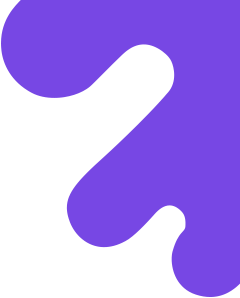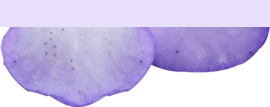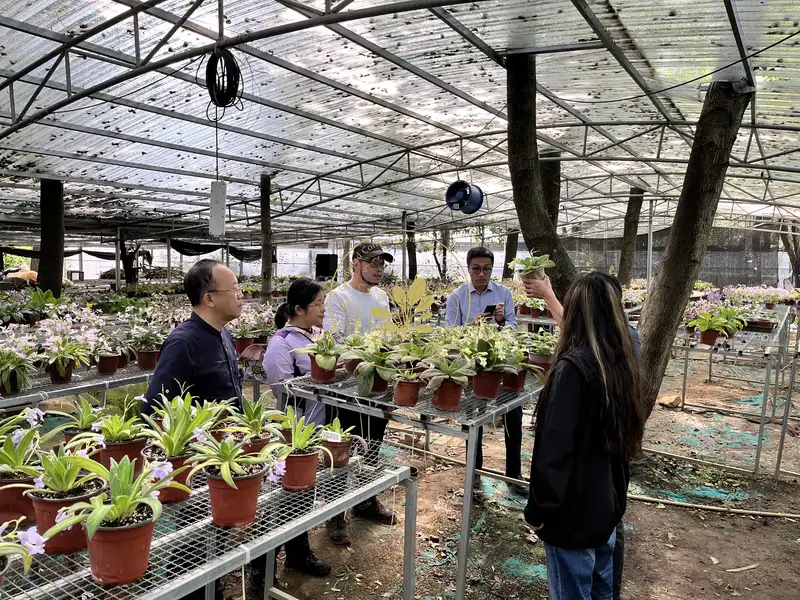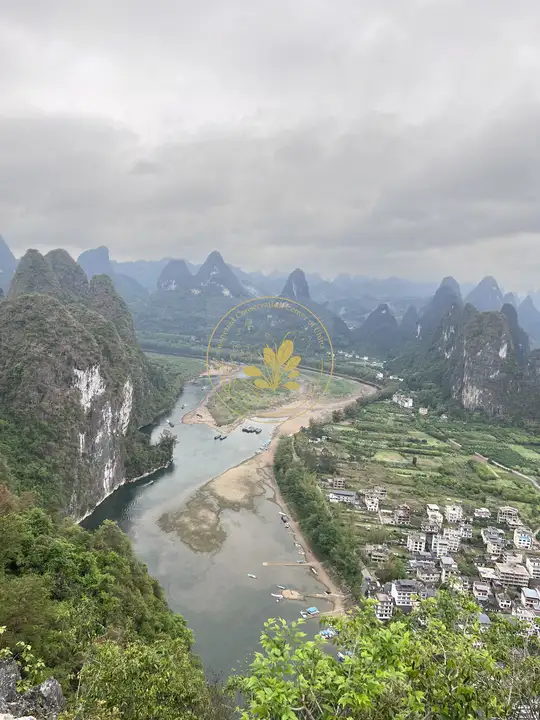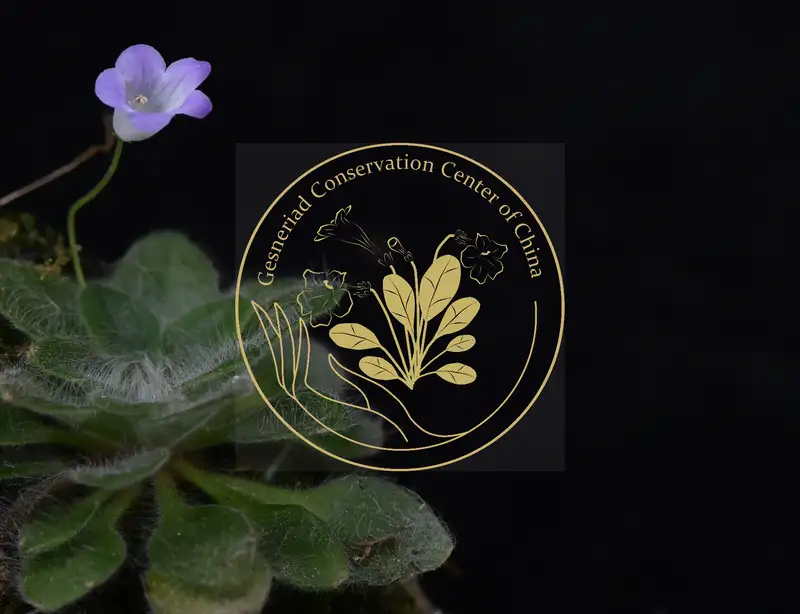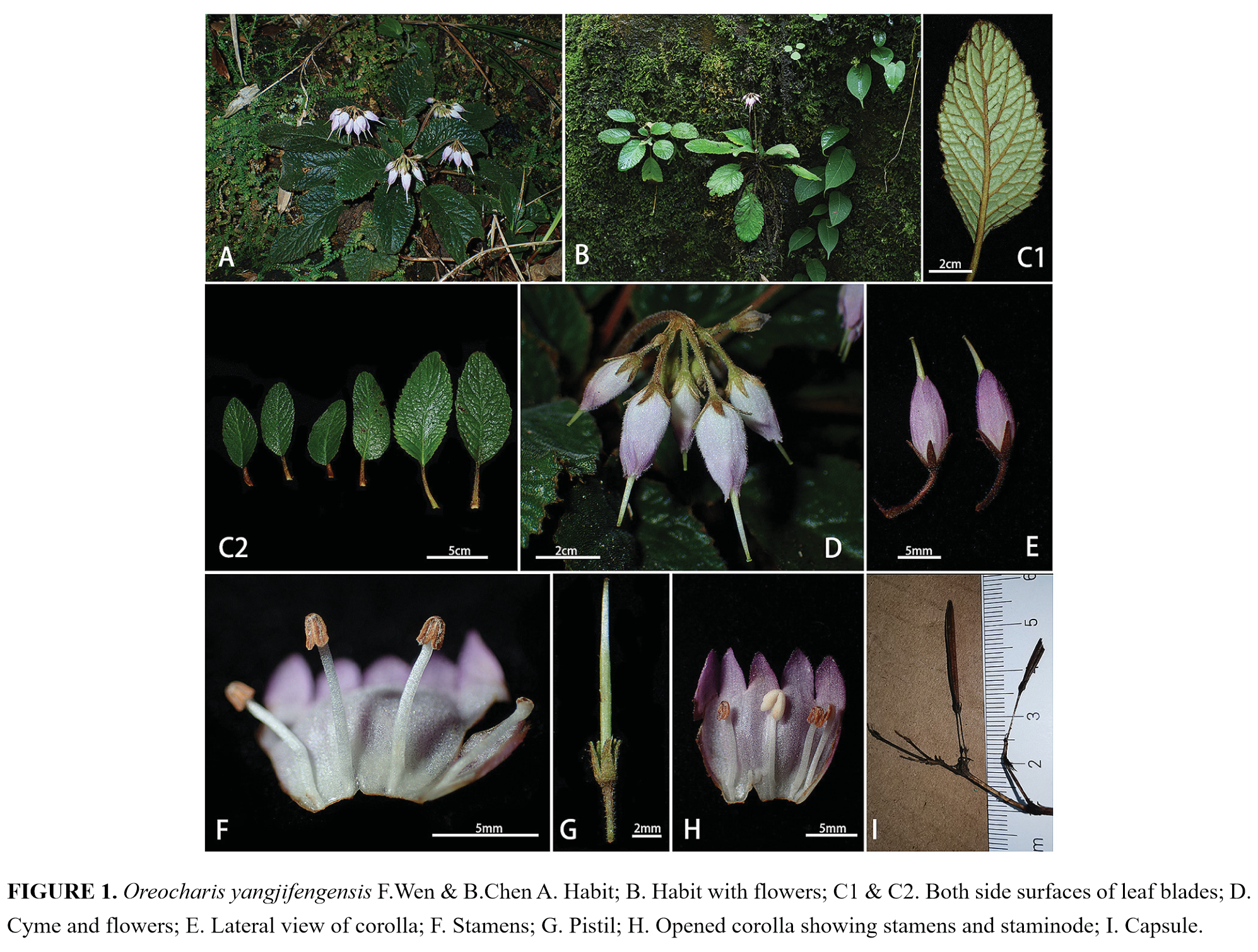In the past few months, two postgraduate students, Huang Shi-Lian from Guangxi Institute of Botany and Guangxi Normal University, and Wang Ou-Wen from Anhui Normal University, conducted pollination biology studies on five species of Primulina (Gesneriaceae). This included: P. nandanensis (S.X. Huang, Y.G. Wei & W.H. Luo) Mich. Möller & A. Weber, P. fengshanensis Fang Wen &Yue Wang, P. renifolia (D. Fang & D.H. Qin) Y.Z. Wang, P. medica (D. Fang ex W.T. Wang) Y.Z. Wang and P. eburnea (Hance) Y.Z. Wang. The former four are endangered cave-dwelling species, on the contrary, while P. eburnea is a wide spreade species.
Their researche provided information on six points:
1. Flowering biology observation;
2. Pollen activity and stigma receptivity;
3. P/O(Pollen: Ovule ratio);
4. Pollinators and their behavior;
5. OCI(Ourcrossing Index);
6. Breeding system.
The results showed the differences between the former four species and their widespread relative, P. eburnea, in pollination and breeding system. With their study the researchers hope to uncover the obstacles exist in the reproductive process for endangered cave-dwelling species. Eventually, they hope to apply their theory to practice, and work on—introduction, cultivation and cross breeding with endangered species.
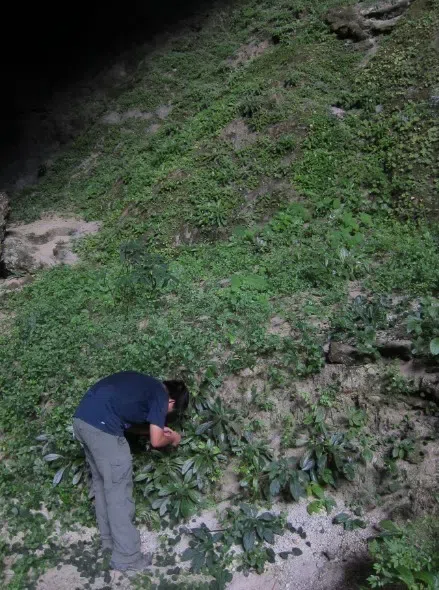
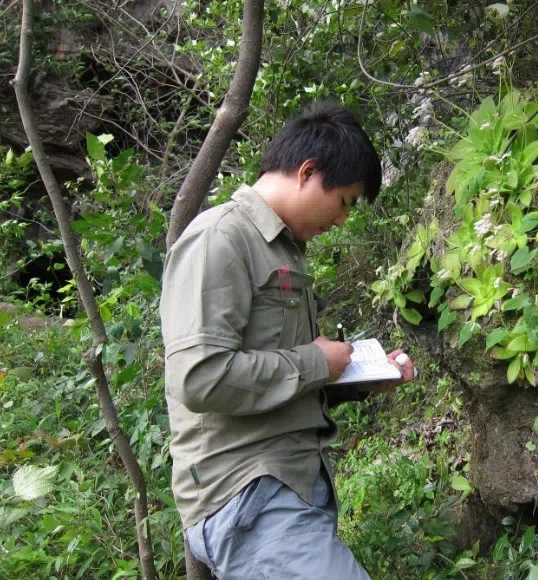
Figure 1 Two students, Huang Shi-Lian (from Guangxi Normal University) and Wang Ou-Wen (from Anhui Normal University) working in the field with two endangered and endemic species of Primulina
(Left: Huang Shi-Lian and P. fengshanensis, Right: Wang Ou-Wen and P. medica )


Figure 2 Experiments of Pollination biology I (Left: P. fengshanensis, Right: P. medica)
Figure 4 Experiments of Pollination biology III: Different pollinators (Left: P. medica, certain insects, Right: P.fengshanensis, Bee)
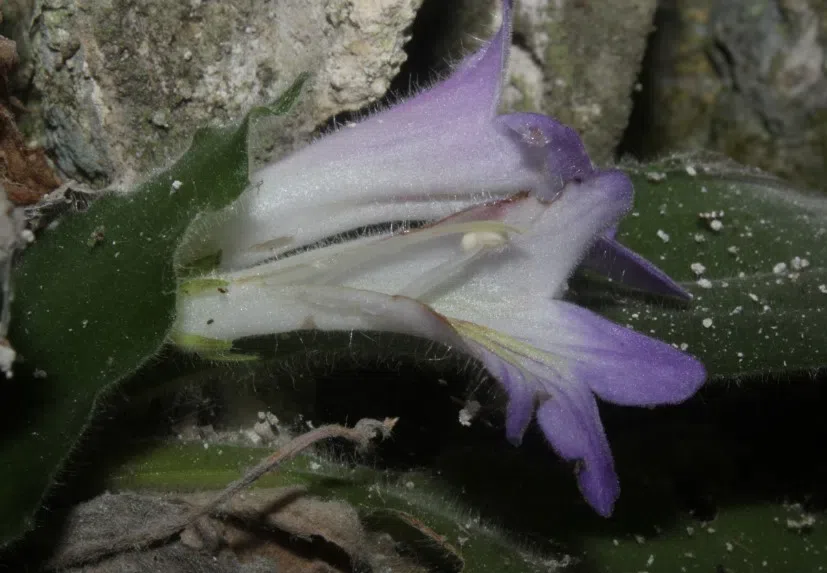
Figure 3 Experiments of Pollination biology II (Left: P. renifolia , Right: P. nandanensis) 
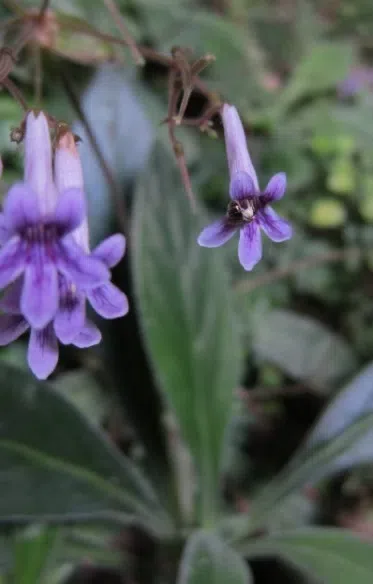
B. Cave-dwelling species of Gesneriaceae in Fengshan, Huanjiang and Nandan Counties, Guangxi in September
Our research team rencently did some ecological and physiological experiments to cave-dwelling species of Urticaceae. We studied Elatostema J.R.& G.Forst. and Pilea Lindl. As we known, many spcies of Gesneriaceae, especially some species of Primulina share similiar habitats with Urticaceae plants. They thrive in dark localities, without direct sunlight but with high air humidity. We were able to observed some species of different Gesneriaceae genera in flowering or in fruit. Of course, we also saw some gesnriads that grow some ones grow in forest habitats on the way to these caves.

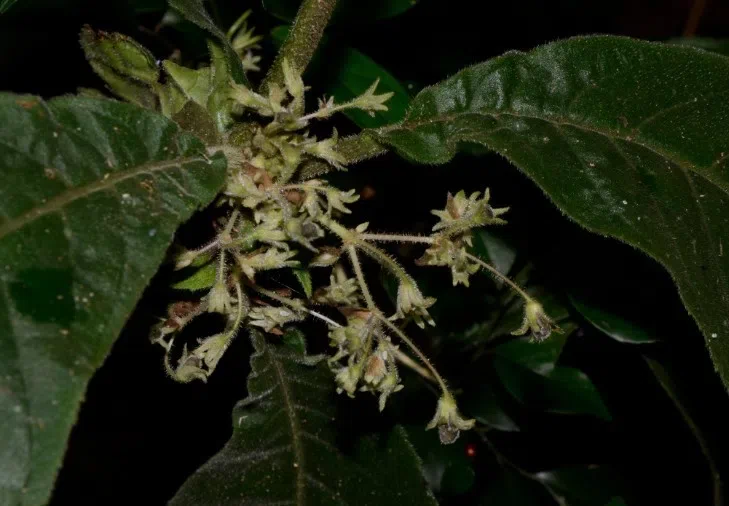
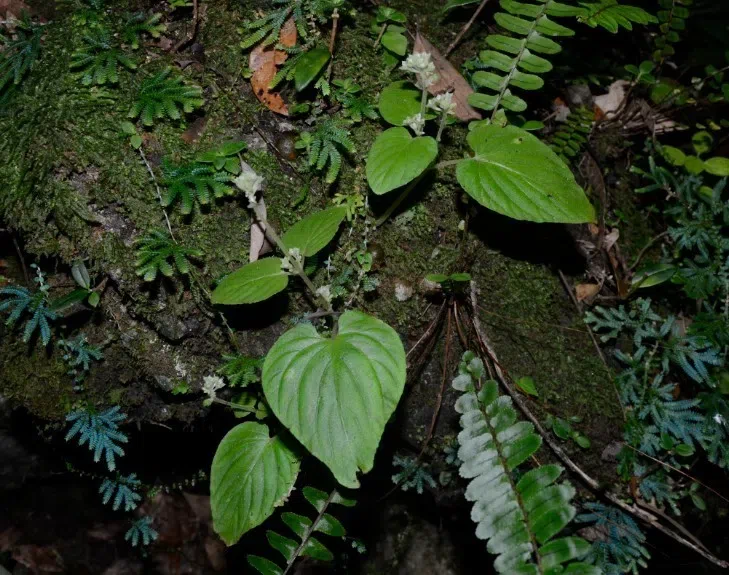
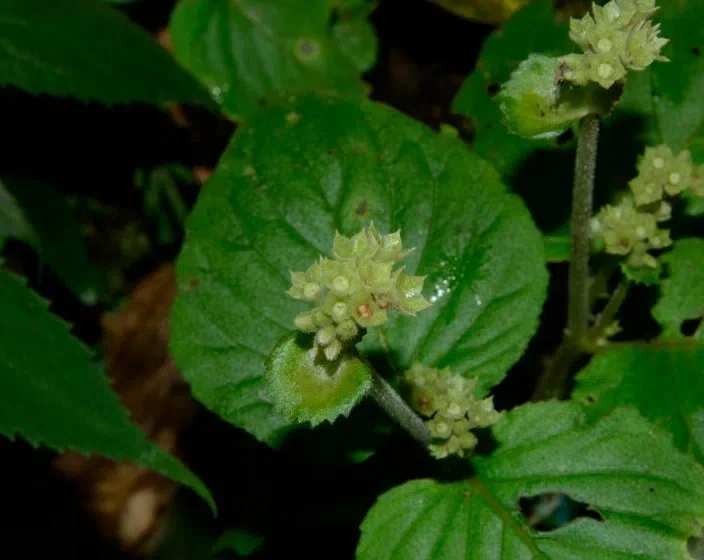
Figure 1 Lysionotus oblongifolius W.T. Wang (upper) and Epithema carnosum Benth.
(bottom) grow under the limestone forests in Huanjiang county, Guangxi
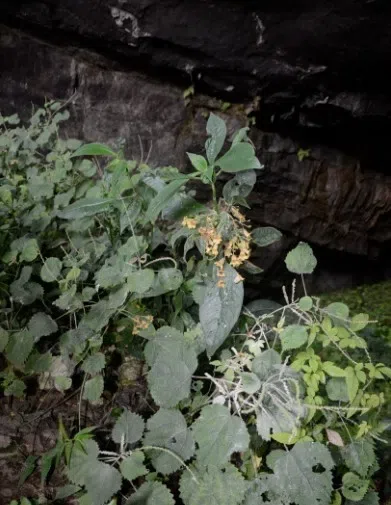
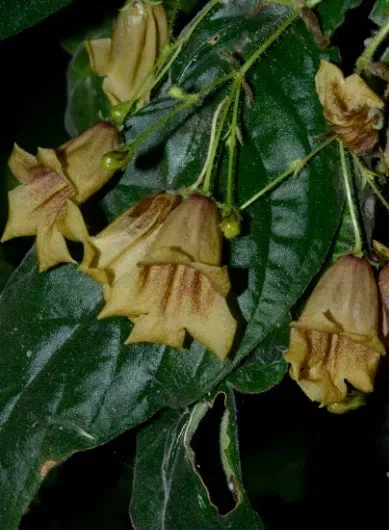
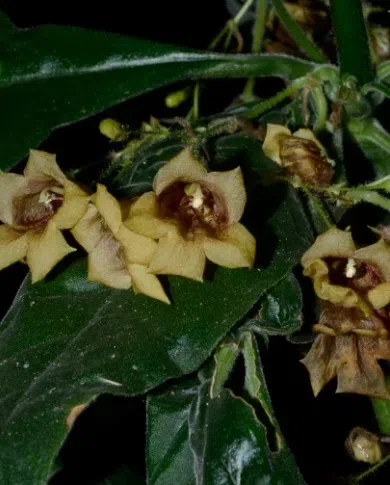
Figure 2 Lysionotus fengshanensis Yan Liu & D. X. Nong , flowering, grows in a limestone cave in Hechi city, GuangxiC. A surprising discovery of Primulina fengshanensis in Fengshan! We found a large, new population in September
This species, Primulina fengshanensis Fang Wen & Yue Wang, was published in 2012 by Dr. Wen Fang and his collaborators. When this new species was first descovered in its type locality, its endangered status was assessed as Critically Endangered, CR A1abcd + C, based on IUCN criterion because only two populations with 300-600 mature individuals were observed in two limestone caves. However, we have since descovered a new distributed population with more than ten thousand mature individual plants in flower! How beautiful they are!
It was also amazing that we found two special plants there with white flowers. They will become wonderful breeding parents in the near future. At the same time, we started a propagation program and made leaf-cuttings with this two very special alba flowering plants.
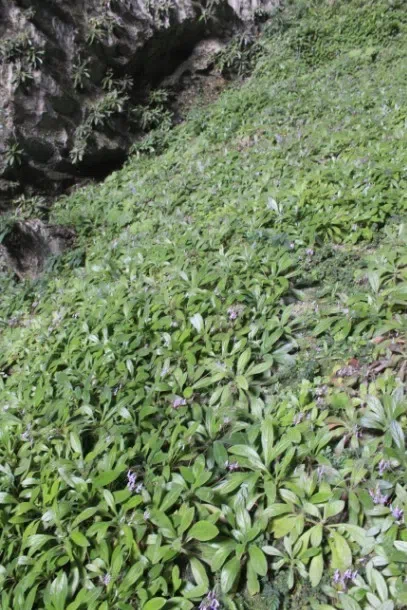

Figure 1 A new discovered population of Primulina fengshanensis Fang Wen & Yue Wang in flowering grows in a limestone cave

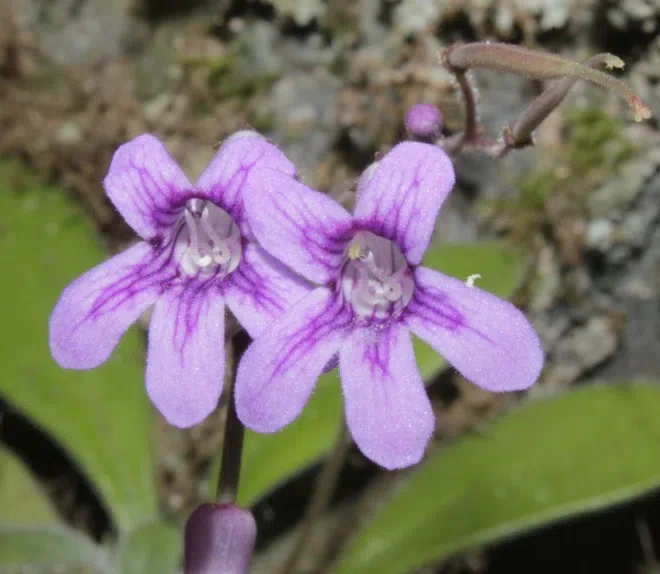
Figure 2 Primulina fengshanensis Fang Wen & Yue Wang in flowering with normal purple colour
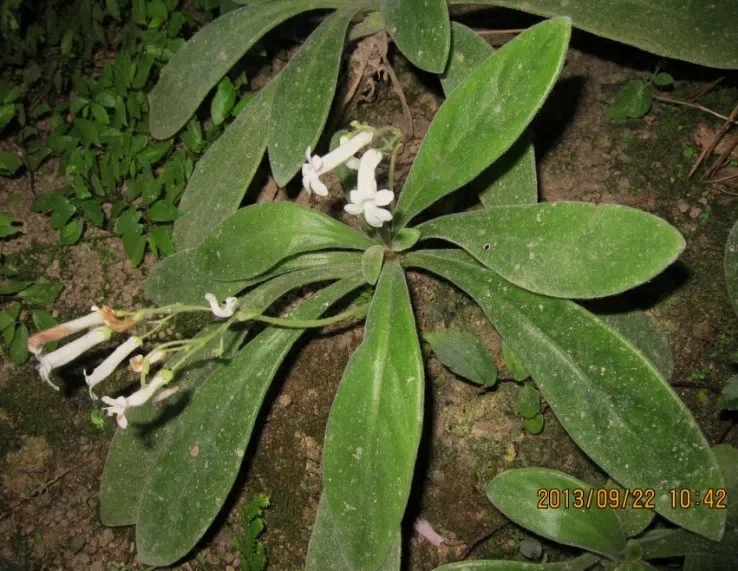

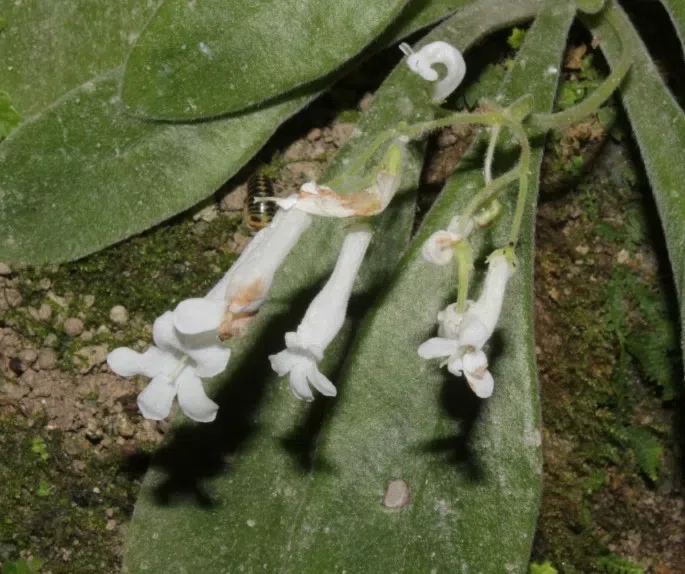
Figure 3 Primulina fengshanensis Fang Wen & Yue Wang in flowering with unusual colour, white (alba
individual)
